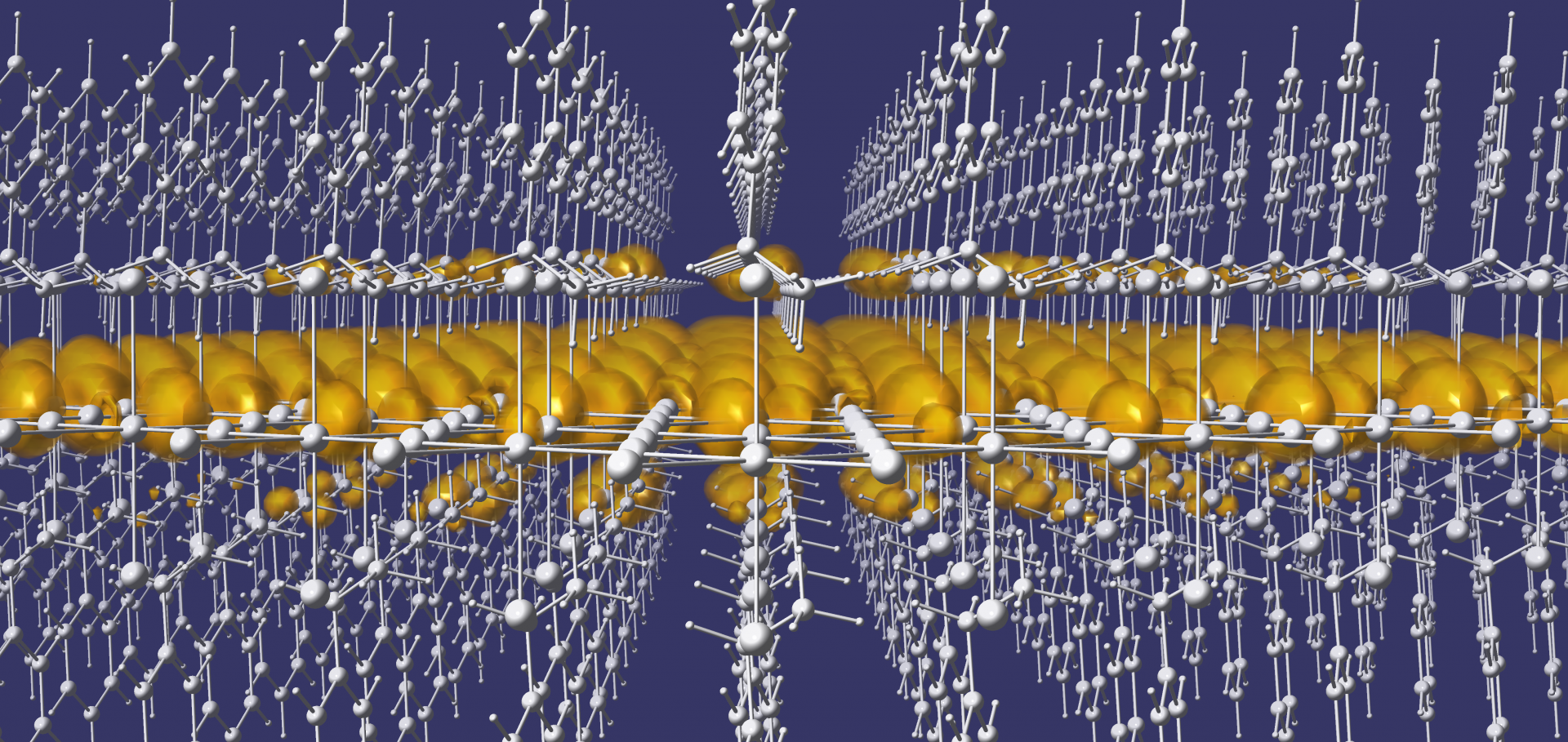Band gaps of crystalline solids from Wannier-localization based optimal tuning of a screened range-separated hybrid functional
(2020)
Carrier Diffusion Lengths Exceeding 1 μm Despite Trap-Limited Transport in Halide Double Perovskites
ACS Energy Letters American Chemical Society (ACS) 5:5 (2020) 1337-1345
Hybrid Halide Perovskites: Fundamental Theory and Materials Design
Chapter in Handbook of Materials Modeling, Springer Nature (2020) 295-324
Excitonic Properties of Lead-Halide Perovskites from First Principles Computational Modeling
Fundacio Scito (2019)
Excitonic Properties of Lead-Halide Perovskites from First Principles Computational Modeling
Fundacio Scito (2019)


